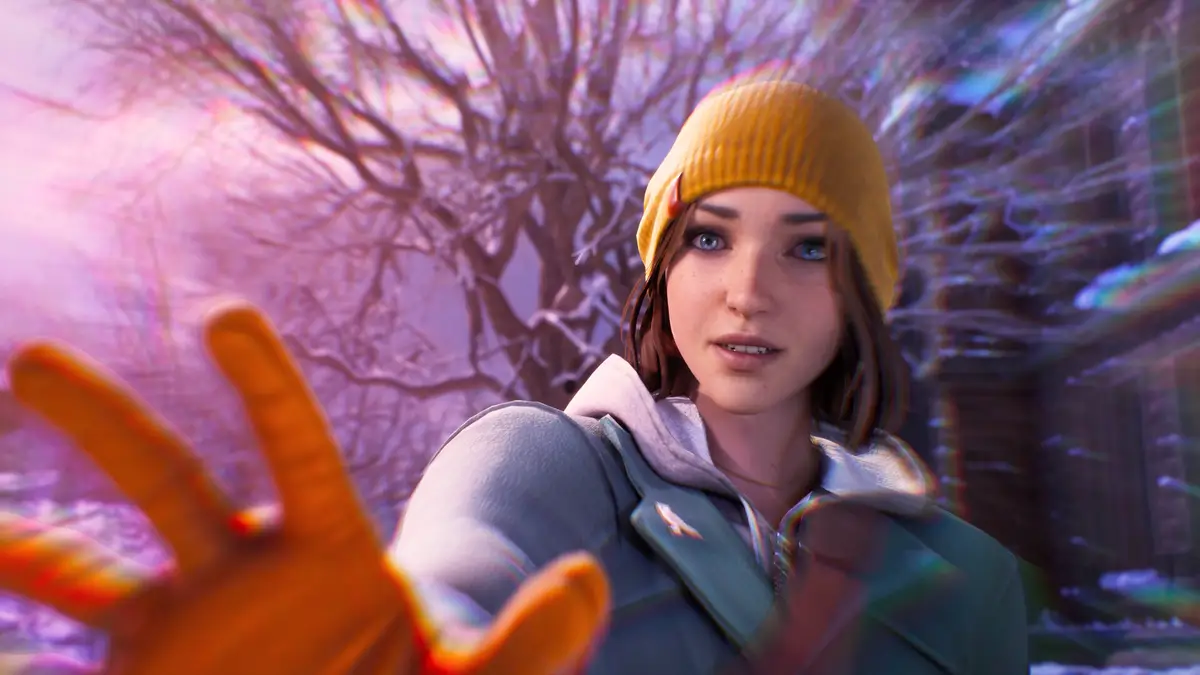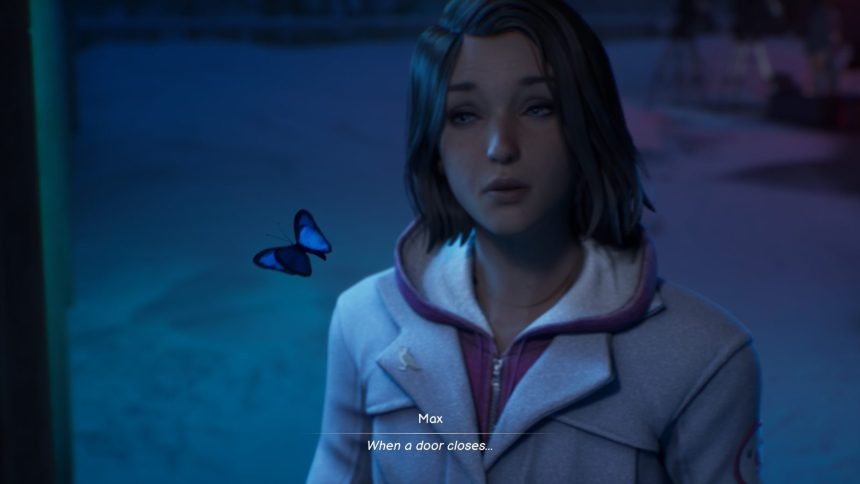The Life is Strange series has consistently evolved in terms of narrative depth and visual design, but certain aspects remain rooted in older gaming mechanics. Life is Strange: Double Exposure, the latest installment, exemplifies this contrast; it’s celebrated for its nuanced storytelling, advanced visuals, complex character studies, and intricate puzzles.
However, the game’s movement mechanics feel somewhat outdated, reminiscent of early games where character mobility was limited and stiff. Despite significant innovations, the feeling of being grounded in older movement mechanics is a noticeable drawback that affects immersion, especially in a series known for its focus on exploration and player-driven interactions.
The main issue affecting player experience in Double Exposure is protagonist Max Caufield’s limited mobility. Although some improvements have been made, Max still moves rigidly, which feels out of place in a modern, narrative-heavy game.
This design choice limits the sense of freedom and immersion, as players can feel restricted when exploring environments. The movement mechanics in Double Exposure have only seen incremental updates since the series began in 2015, leading some players to feel that the experience is slightly outdated, despite other technological advancements within the game.

According to game director Jon Stauder, the team behind Double Exposure made strategic decisions about where to invest time and resources, prioritizing the story and setting over certain gameplay mechanics. Stauder explains that the team focused on incorporating Max into a new environment with different conflicts, prioritizing narrative elements over completely reworking the movement.
This approach was guided by a need to balance development resources, ensuring that the overall storytelling experience remained strong, even if certain aspects like movement took a back seat.
Part of the challenge, as Stauder notes, is related to the game’s transition to Unreal Engine 5, which has allowed the team to enhance visual fidelity and introduce advanced graphical features. However, working within a new engine also presents limitations and trade-offs, with certain gameplay mechanics taking longer to refine.
Stauder hints at potential future improvements, suggesting that with more time and resources, the team hopes to refine Max’s movement and make it feel smoother in subsequent installments, particularly as they learn to leverage the tools available in Unreal Engine 5.
While Deck Nine has not confirmed if a sequel to Double Exposure will happen, there’s a strong desire among both developers and fans to see the Life is Strange universe continue to expand.
The studio has hinted that there’s potential for more stories within this world, and many fans are eager to see if future entries will address lingering movement issues. Should a sequel be made, it would present an opportunity for Deck Nine to refine and modernize character mobility, aligning it with the high standards the series has set for narrative and visual innovation.







